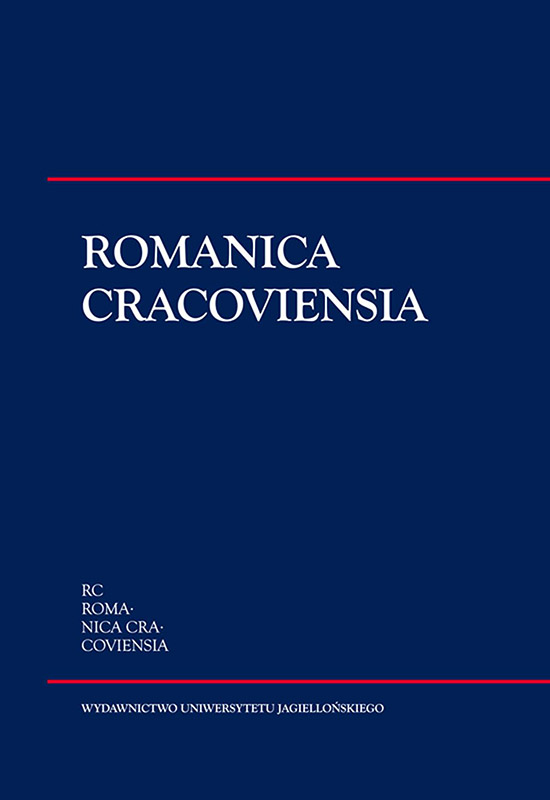Insegnamento delle preposizioni in, su, a a discenti di madrelingua polacca (livelli C1 e C2) – uno studio cognitivo
The teaching of the Italian prepositions in, su, a to Polish native speakers (levels C1 and C2)
– Cognitive approach
Author(s): Maria MalinowskaSubject(s): Language studies, Language and Literature Studies, Theoretical Linguistics, Applied Linguistics
Published by: Wydawnictwo Uniwersytetu Jagiellońskiego
Keywords: Cognitive semantics; prepositions; explicit grammar; implicit grammar; image schemas; motivation in language
Summary/Abstract: Prepositions are highly polysemous items and for this reason they appear in various semantic and syntactic contexts. As a result, they are very difficult in the process of teaching and learning a foreign language. It is important to know that even very advanced learners of Italian make preposition mistakes (Bagna 2003). Because of this, formal teaching of grammar and explicit correction has been focused on in the present research. The inclusion of explicit grammar teaching (Benucci 1994; Freddi 1999; Balboni 1994, 2012; Bettoni 2009) seems to be essential at advanced levels like C1 and C2 since such levels of proficiency are required for future translators and teachers of Italian as a FL. In this research, Cognitive semantics methodology has been adopted according to the findings by Johnson (1987, 2005) and Lakoff (1987) and Dodge, Lakoff (2005). Image schemas (an inherent part of the methodology) give image schematic answers to the way in which prepositional phrases meaning is built into language. The container schema allows for the interpretation of the unit in, the support and contiguity schema is a tool for interpreting the unit su and the preposition a is modelled by a path schema which highlights a static landmark deprived of shape when the trajector is only localized or an endpoint landmark deprived of shape as well. The same image schemas (seem to be universal perceptive tools valid also in language) provide a basic structure for the Polish equivalents such as: w + loc, na + loc, na + acc, do + gen. Obviously the same conceptualizations in both languages are not frequent. Prepositional landmarks, in fact, reflect different spatial categorizations. The non correspondence of prepositional units in both languages do not mean that the prepositional use is completely unmotivated. This seems motivated with the salience of a particular image schema in a given context. Such clues may result very useful in the process of teaching/learning Italian to Polish speakers as they could sensibilize students to image schematic principles that underlie the semantic interpretation of prepositional units.
Journal: Romanica Cracoviensia
- Issue Year: 14/2014
- Issue No: 2
- Page Range: 125-137
- Page Count: 13
- Language: Italian

